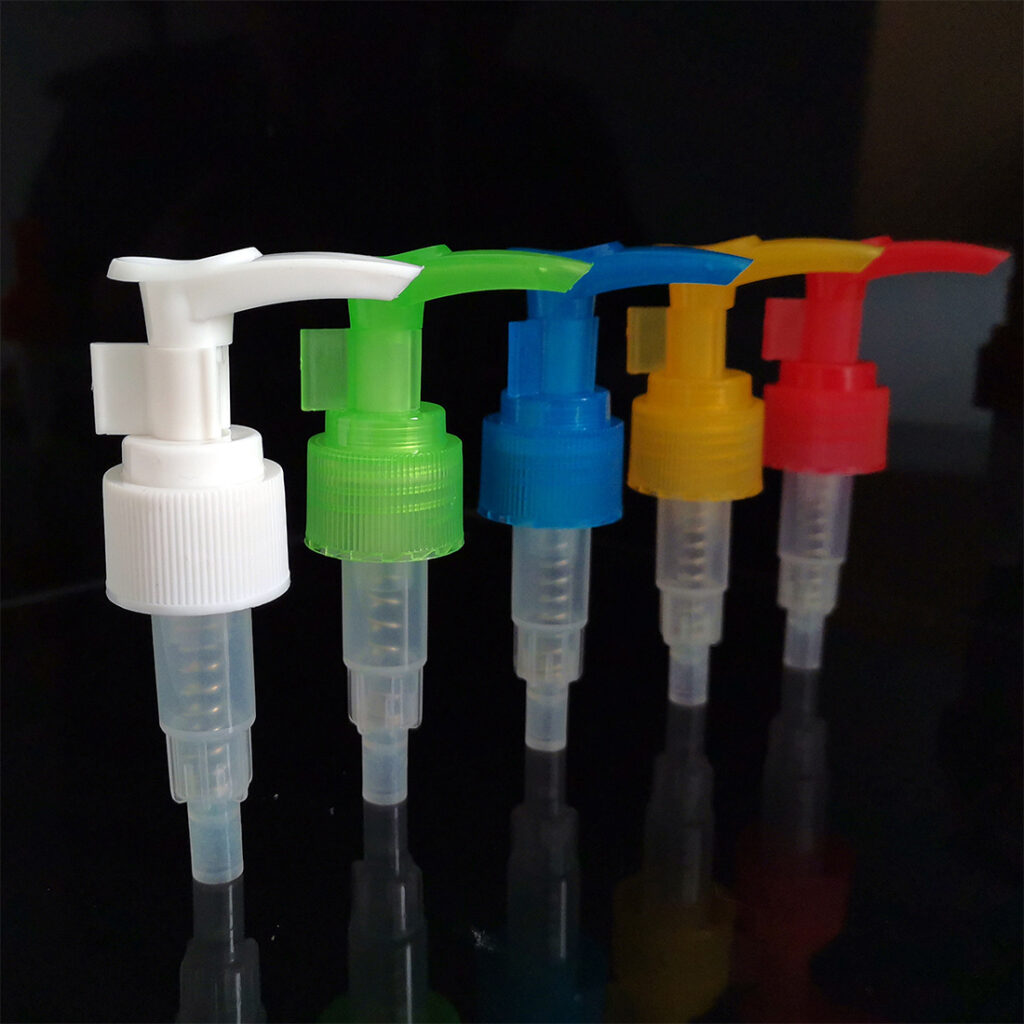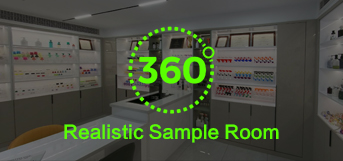The following procedures are commonly involved in the automated assembly of plastic emulsion pumps.
Silo supply is the transfer of individual plastic components from a silo to a conveyor belt, such as a pump body, pump cover, piston, and so on. A vibratory tray can be used to automate this process. This can be automated using vibratory discs, feeding robots, and other devices.

Assembly Station – On the conveyor belt, components such as pump bodies, pump covers, pistons, and so on enter the automatic assembly station. The assembly station performs positioning and assembly using manipulators, assembly fixtures, and other tools. The assembly procedure can be carried out by manipulators picking up individual components for assembly or by components being automatically conveyed to the assembly station by the conveyor.

Inspection Station – The assembled pump enters the inspection station, where sensors and inspection equipment inspect the assembly’s quality. Sensors inspect the assembly’s quality, such as the fit of the pump body to the pump cover, the sealing of the piston to the pump body, and so on.

Pumps that pass the quality inspection are automatically marked with a serial number and then transferred to the automatic packing station for packaging. Pumps that are not qualified will be marked as defective and removed.
Finished Product Output – Finished packaged products that are ready for storage or shipment are automatically output via conveyor belt.

Na iwalewale taucoko ni kena vakasoqoni vakaikoya ena kena vakayagataki e dua na robot, sensors, kei na dua na parokaramu NI PLC me rawati kina na cakacaka vakaikoya kei na lewa vinaka ka sega ni gadrevi na veivuke vakatamata, vakalevutaki ni kena vakavinakataki cake na kena vakavinakataki na kena vakasoqoni vata. Me vakavinakataki na kena cakacakataki na iwalewale ni kena vakasoqoni vata, e dodonu talega meda vakasamataka na ivakarau ni vakani vakaikoya, maroroi ni iyaya, ituvatuva vinaka ni vakasama, kei na veivuke tale eso.











